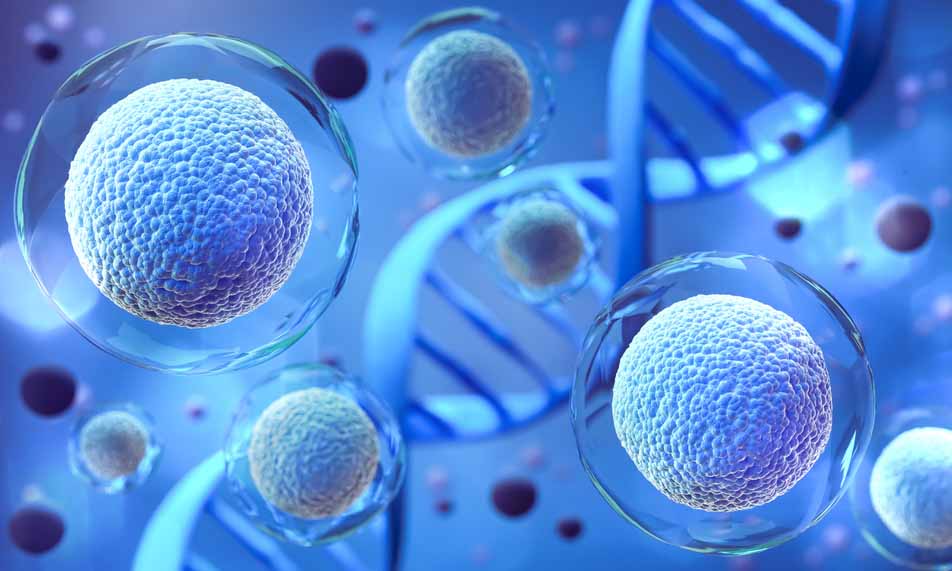The global immuno-oncology arena, estimated to be valued more than $33bn, provides a number of opportunities for drug development companies in the Asia Pacific (APAC) region, according to GlobalData’s R&D Visualization Bullseye Chart.
The chart for PD-(L)1 combination pipeline shows that APAC companies only contribute to the development of a minority of PD-(L)1 combinations.
The chart indicates that of all PD-(L)1 combinations, companies from the region are involved in just 6.4% of the investigations. Japan is the leading developer of PD-(L)1 combinations in the region with Takeda and Eisai being the biggest contributors.
China is set to outperform in the future, with three out of 15 anti-PD-(L)1 molecules currently being investigated as both monotherapy and combination, says Fenix Leung GlobalData Healthcare Consultant.
BeiGene, Shanghai Junshi, and Jiangsu Hengrui are the biggest Chinese companies developing PD-(L)1 combinations.
The R&D chart also indicates that PD-(L)1 combinations are being studied in solid tumour (multiple tumour types) fields, a strategy being adopted by companies to target several tumour types.
How well do you really know your competitors?
Access the most comprehensive Company Profiles on the market, powered by GlobalData. Save hours of research. Gain competitive edge.

Thank you!
Your download email will arrive shortly
Not ready to buy yet? Download a free sample
We are confident about the unique quality of our Company Profiles. However, we want you to make the most beneficial decision for your business, so we offer a free sample that you can download by submitting the below form
By GlobalData





